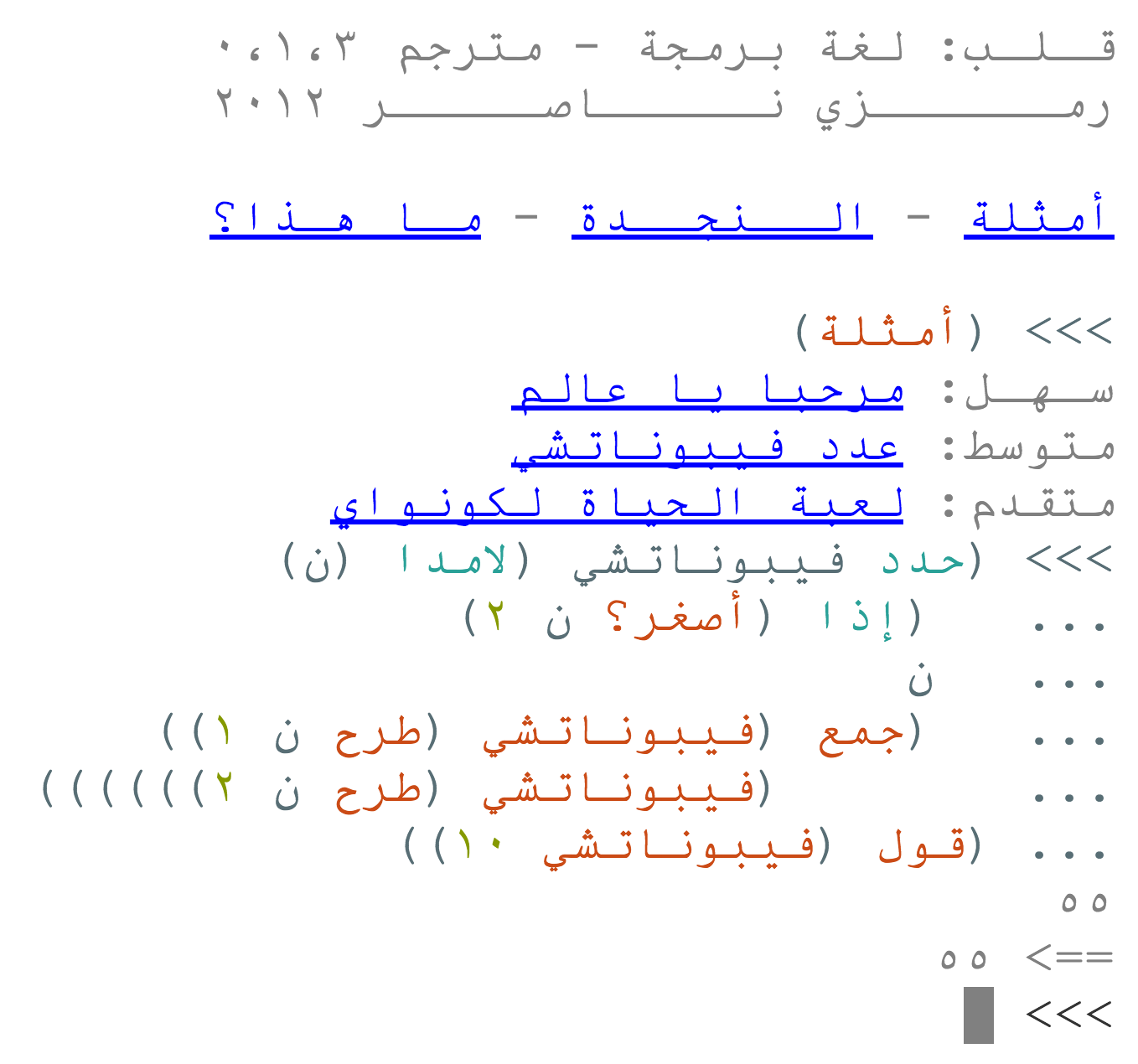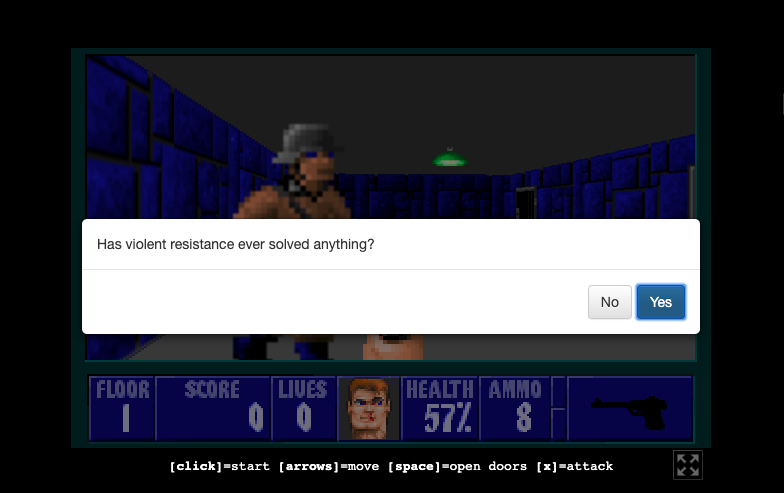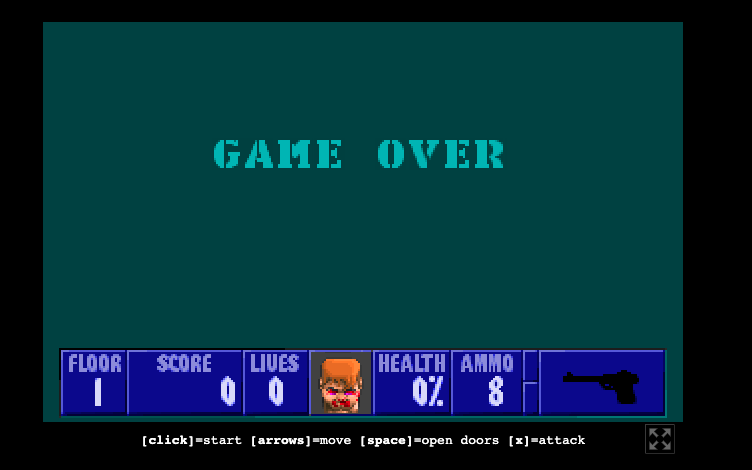The following article is the third of a series titled, “Pixelated” by Saba Askary. While spaces dedicated to the medium pop-up and museums actively collect it, ‘digital art’ is still considered a non-art to most. Evolving from the multimedia and computer print art of the 70s, its bare-bone definition is any practice using recent technology in its creative process and the web in its circulation. Today, Creative Coding and Gif Art are only some of the many sub-genres in this silently engulfing movement. But the break away from physicality, white walls, dealers and priceless auras lead many to suspicion. Where’s the indicator of value? When is it art and when is it content?
What we can be sure of is this. New technology invariably changes art. For better or worse, the more permeating medium will ultimately win over history, and what’s more enveloping than the rise of our digital consciousness?
For the moment, though, ‘digital art’ continues to live as non-art, where categorization is murky and experimentation is rife. When an artist is considered a ‘digital’ artist is not clear at all, including to themselves. This series of articles looks into the practices of those who may be termed ‘digital artists’ stemming from the Ajam region. Though few and far in between, these artists confirm the democratising effects of the art form. Not only through its potential for viral circulation, but in its uncanny ability to empathise with a wider group: to everyone experiencing the whirlwind of the 21st century.
***
Sometime back in the 1980s, an IBM PC entered the home of six year old Ramsey Nasser and altered his life. As a Lebanese family stationed in Istanbul for their father’s work, owning a personal computer was not yet common by any stretch. Fast forward 30 years and Nasser has matured into a genuinely perceptive and brilliant native coder with an output of work you wouldn’t expect from a regular computer scientist. “I build things that are expressions of my view of the world, things I want to share that are deeply personal. That tends to be entirely digital for me because those are the skills I’ve developed,” he explains.
Ramsey Nasser is considered a ‘digital artist’, one whose native familiarity with code and non-western perspective allow for unique foresight into the medium shaping the foundations of our 21st century. From conceptual to socio-politically charged projects, Ramsey crafts programming languages that warn of societal divides, video games that act as his voice in public debate and pieces of code that can extinguish life on Earth with a cursor click.
قلب – The Doomed Language
During a phone interview from his Brooklyn studio, Ramsey recounted a vivid memory from his childhood back in Turkey, “English is my third language. I learnt Arabic first, then Turkish and finally English. I have this distinct memory as a kid of being at a DOS prompt and I could see that you had to type text into it. Back then I knew two languages, the squiggly one (Arabic) and the other one. So I figured I had to type in Turkish, and I kept giving it Turkish commands and it kept giving me error messages because it didn’t understand me.”
Programming languages translate code that human types into 1s & 0s, which are instructions understood by hardware, this is the baseline of our communication with machines. They are at the moment globally based in American English script, so familiarity with the language is a prerequisite for entering this world. Ramsey went on to master English, but never forgot the day he and the PC were lost in translation. After graduating from The American University of Beirut in Computer Science, in 2009 he relocated to NYC to study Design and Technology at Parsons The New School for Design, one of the few MFAs to teach creative coding. Around the same time Ramsey became involved with a pioneering community of creatives recognizing the expressive nature of code, working alongside founders of the open-source toolkit openFrameworks. While also exploring the medium through a fellowship at the digital art institution – Eyebeam. In response to his childhood experiences, Ramsey’s 2012 Eyebeam project saw him building an entirely new programming language as a conceptual art piece.
قلب (meaning Heart) is a programming language based in Arabic and using only the Arabic script. Ramsey meticulously crafted it with the intention of using it and sharing it, however he sensed that if programming languages with foreign scripts had been workable, they would have already been in use. “I wanted to do everything right to see exactly where things broke”, he explained, and break they did. قلب broke every developer’s tool it encountered that could not understand Arabic, decidedly excluding it from building up on decades worth of globally accumulated software based in English ASCII code (American Standard Code for Information Exchange) and rendering it virtually useless. This ‘failure’ instead paints a picture of the unspoken anglophone bias in computer science.

(Use قلب here)
“These days when American journalists ask me where I came up with the idea of قلب, I always feel that’s not the right question – because it’s obvious. If English is not your first language, all you have to do is try to program a computer and it immediately confronts you. One of the heartwarming reactions of قلب was that programmers from all different backgrounds, Russia, East Asia etc. reached out to me and said they had had the exact same experience. They started programming and realised ‘Oh, this isn’t going to be in my language – that’s weird’, but you have to get over and on with it.”
Linguistic assumptions litter the background of our digital culture, leading to an increased accessibility gap for anyone not native to the Latin alphabet and English. This accessibility gap could widen, as advocates of ‘coding literacy’ urge that children learn to read and write code on the same level of general literacy everywhere – starting with mandatory classes in schools. And while increased literacy appears desirable for meeting the digital challenges of generations ahead, قلب raises a critical question – if coding literacy spreads over the next decades, are we unwittingly walking into a digital Western hegemony through language?
Questions like these firmly ground Ramsey’s work in the spheres of political and social discourse. And coming from a perspective of the Lebanese diaspora in the States, the artist has plenty of politics on his mind – many of which he expresses through his media of choice, gaming.
Gaming as Social Discourse
“From a young age I just wanted to make video games.” Says Ramsey, admitting that it was his gateway into the world of more expressive coding. Since the beginning of this century, the gaming industry has gained enormous economic and cultural capital, out-earning the music and film industries put together and projected to surpass $300bn by 2025. But gaming is still largely viewed through an entertainment lens – despite a proven versatility in mediating the challenges of psychotherapy, education and recently, social discourse.
Ramsey is a champion of new uses in gaming, and rightly so. It isn’t enough to simply acknowledge the vulnerabilities in our digital society; but to also create spaces that let users imagine different building blocks of digital interaction. As a medium that breaks through the fourth wall by considering it’s viewer a ‘co-author’ of any narrative, gaming has great potential for this.
Ramsey referred me to the concept of the ‘Magic Circle’. In game design theory, an artificial context is created when players consent to playing a game, a context wherein societal rules take a backseat and a user’s main focus is on learning new guidelines to engage and advance. This accesses a state of mind leaving plenty of room for inspiring empathy and communicating opinions and ideas effectively. For artists, educators and the like, communicating with audiences in this frame of mind is optimal for initiating difficult or radical social dialogue – potentially more effective than a classroom, gallery or museum setting.
In 2017, following Donald Trump’s inauguration, debates between liberals arose over who had a right to free speech, and whether violence was the answer to extremist Neo-Nazi rhetoric and attacks.
To join the conversation Ramsey developed a simple game to make a serious point about how fascism works. Dialogue 3D was modelled after a popular open-source vintage WWII game, Wolfstein 3D, where players unapologetically shot down as many Nazis as they could while escaping a prison. Ramsey took the source code and developed a game that is identical with one exception.
Each time you try to shoot a Nazi, a diologue box expands on the screen requiring you to answer yes or no questions such as “Wait, is it ok to shoot Nazis?”, “Does this defy liberal norms?” or “Wouldn’t peaceful protest be more effective?” And while you’re taking a moment to jump through ethical hoops, the Nazis never stop shooting at you. Success is a near impossibility in Dialogue 3D. It instead succeeds in communicating the pitfalls of liberalism from Ramsey’s perspective, “(Dialogue 3D) is one of my favourite games because it hasn’t stopped being relevant. American fascism continues to rise and every now and then I feel the need to say something, like a blog post or a tweet, and I often end up only uploading a link to that game. You may agree or disagree with me, but I cannot deliver my point more clearly than by having you play the game.”

(Play Dialogue 3D here)
Post-Human Creativity in a Slow World
Ramsey is not alone in writing code as a means of artistic practice. A growing trickle of multi-disciplinarian artists have been following suit all over the world on the peripheries of the industry. The commercial art market runs on the financial assumption that making a copy of something is hard and an artwork’s value is based on its scarcity. When that moves into the realms of the internet, it’s not that making copies becomes easier. In most cases when you pull something up on your browser, you’re downloading a copy of it. “The internet is essentially a system of duplication – and it blows away this old (art market) business model. Is it about digital rights management? Are we now manufacturing scarcity? It’s all hocus pocus! Because the actual medium in itself is hostile to the idea of scarcity.”
Still experimenting with how to monetize digital artworks, the market has been slow to adapt. But artists haven’t been waiting around for a commercial breakthrough. The seductive nature of code means the conceptual possibilities at hand are not only intriguing but perhaps the most effective way to consider our present reality. A traditional painter, sculptor or writer can eventually only produce work spanning the course of their lifetime. However, if a coder writes a clever piece of code or develops an algorithm, one point of input can return a thousandfold output, two points a million and so on. It’s this explosion of output, literally surpassing our finite lifespan, that Ramsey is enamored with and what he calls post-human creativity.
The best means to illustrate this creativity comes in the form of a side-project Ramsey was hoping to finish soon at the time of our call: a novel generated through code. “It’s a PDF of a book that is just the letter ‘E’ in different patterns and lengths with chapters and a structure of a novel. But I did the math at one point, and I can give this particular finite book enough pages that if you were to print it, you would have to convert all the trees on the planet into paper. 90 quadrillion pages or something like that. The irony is that the program written to generate this book is just one page, it’s tiny – but if you ever hit ‘print’, you would extinguish life on Earth! You just need to write a program in the right way and then you could have created this thing that immediately dwarfs you and everything else – and that to me is unique. It’s so interesting to use code to make art that is in-fact impossible anywhere else.”
Making art that is “in-fact impossible anywhere else” is a testament to Ramsey’s foresight. The key word being ‘making’. Ramsey is a critical maker whose projects challenge the basic assumptions we have about code itself. قلب’s defeat brings home a sobering reality of accessibility gaps and a digital Western hegemony on the horizon. While the idea of gaming as a tool for social discourse wasn’t just considered but tested online – emerging as a convincing voice cutting through a saturated online debate on neoliberal ethics. While in the process of collectively watching aspects of our lives move into the virtual, held up by a seemingly infinite backbone of code, heeding the relevance of new critical makers such as Ramsey Nasser is now crucial to how we’ll be looking back on ourselves not long from now.












